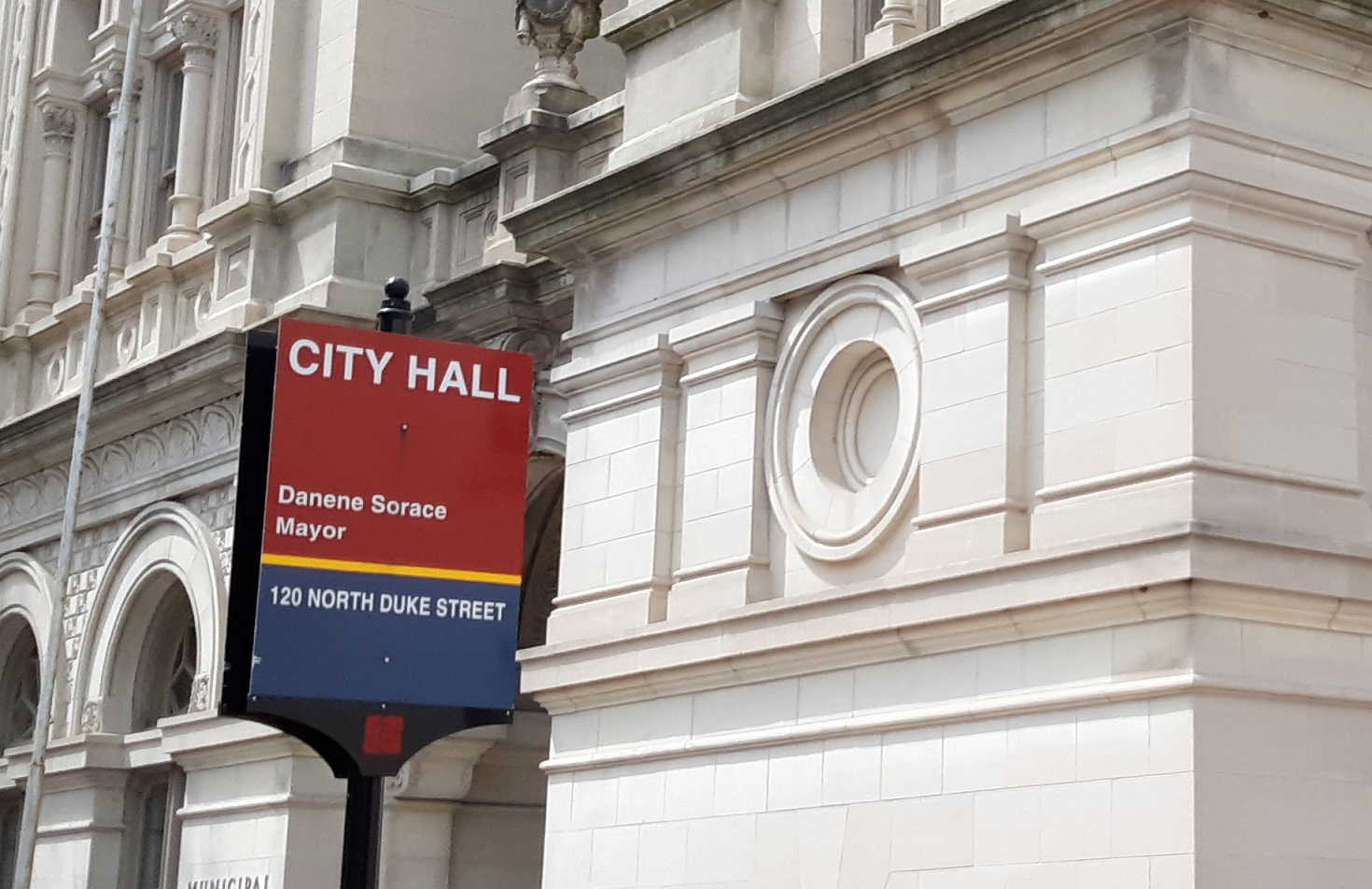A vote on Lancaster’s plan to spend $1.55 million in federal entitlement funds is on City Council’s agenda this evening.
Each year, the city receives an allotment of Community Development Block Grant, or CDBG, funding from the U.S. Department of Housing & Urban Development. This year’s funding, which covers the calendar year Jan. 1 to Dec. 31, is down about $80,000, or 5%, from last year.
Like all recipient municipalities, Lancaster is required to develop a five-year spending plan — the current one was approved in 2021 — and then individual annual plans.
The city’s plan is available on its website and the Engage Lancaster portal: It runs 54 pages, plus 41 pages of appendices. Public comments on it are accepted through April 25.
It proposes the following allocations toward the following goals:
- $695,576 (45%): Support city code enforcement, the criticial repair program and administration of the critical repair and lead hazard control programs. (Goal: Maintain quality affordable housing)
- $163,551 (10.5%): Support new affordable housing, rehabilitation of existing units or homeownership assistance for low- to moderate-income households. (Goal: Increase affordable housing opportunities)
- $386,000 (25%): Support streetscape improvements, the police social workers and city social worker, the Department of Neighborhood Engagement, and Tenfold’s Fair Housing Services. (Goal: Promote neighborhood quality of life)
- $20,000 (1.5%): Support Assets Lancaster’s entrepreneurship programming. (Goal: Expand economic opportunities)
- $284,235 (18%): Planning and administration.
At City Council’s committee meeting earlier this month, South Ann Concerned Neighbors leader Darlene Byrd noted that years ago, the majority of CDBG funds went to community organizations, not to fund city operations.
Byrd encouraged the city to be more creative about publicizing the CDBG plan and encouraging community input. By statute, it must publish a notification in the local newspaper and host an open meeting. The latter took place March 23; Byrd was the only member of the public who came.
The CDBG program dates to the 1970s, and early allotments were far more generous than they are now — one of the reasons city officials were more willing to fund third-party programs. Mayor Danene Sorace said the time capsule opened during Fire Station No. 3’s April 1 contained a CDBG plan from the mid-1970s, funded by HUD at $4.2 million. That’s the equivalent of more than $22 million today, according to the U.S. Bureau of Labor Statistics’ inflation calculator.
The city’s two other HUD funding streams are HOME Investment Partnerships Grants, which fund affordable housing construction and renovation; and the Emergency Solutions Grant, or ESG, which funds homelessness services.
The city partners with the county to administer its HOME allocations; the city’s portion is around $500,000.
As for ESG, Lancaster is right on the threshold for grant eligibility, said Craig Walt, chief of the Bureau of Lead Safety & Community Development. Some years it’s just over the cutoff, others it’s just below. This year it fell short and will receive $0; the same thing happened last year.
ESG funds are also available through the state Department of Community & Economic Development, so the city will try that route, he said.
City Councilman Jaime Arroyo is CEO of Assets Lancaster, which is in line to receive $20,000 from the CDBG plan. Because of that, he said he will abstain from tonight’s vote.






